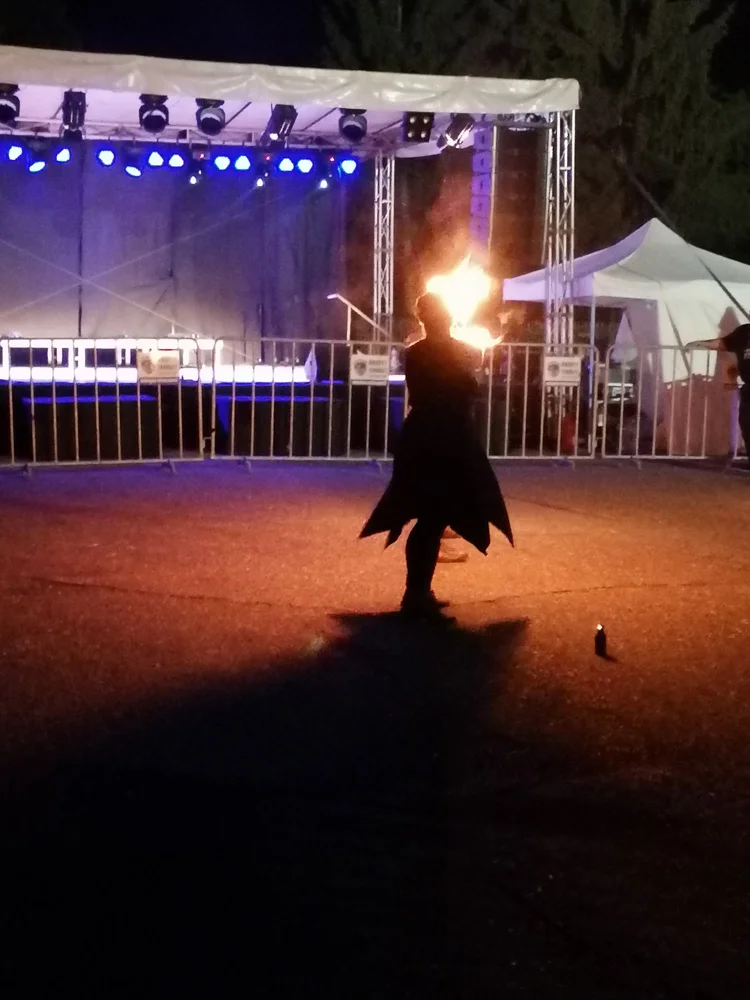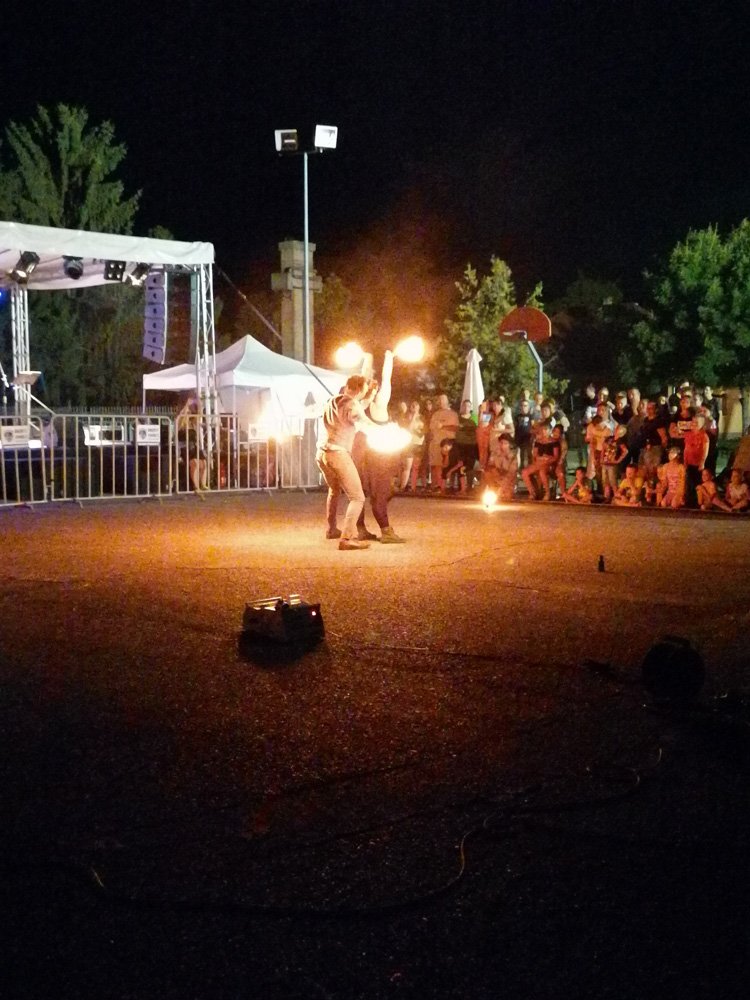Fire performance is one of the most exhilarating and visually powerful art forms in live entertainment today. From blazing poi to dramatic fire breathing, these acts electrify crowds—but they also carry serious risks. That’s why having the right fire performance insurance coverage is not just smart—it’s essential. Whether you’re a solo performer or part of a troupe, understanding and securing the right insurance is a non-negotiable step in protecting yourself, your audience, and your business.
Understanding the Risks of Fire Performance
Working with fire involves an inherent level of danger. Even the most experienced performers can encounter accidents due to unexpected wind shifts, fuel spills, or missteps. The consequences of such incidents range from minor burns to severe injuries and property damage. Without adequate fire performer insurance, you could be held personally liable for thousands—or even millions—of dollars in damages.
“Insurance for fire performers is not just about protecting yourself; it’s about demonstrating professionalism, credibility, and responsibility to venues and clients.”
Common risks associated with fire performances include:
- Burn injuries to performers or spectators
- Accidental fires or property damage
- Slip-and-fall hazards due to fuel spills
- Equipment malfunction or breakage
- Liability claims from event organizers or venues
Types of Insurance Coverage for Fire Performers
There are several key types of insurance coverage for fire performers, each addressing different potential risks. Understanding these options will help you choose the best protection for your needs.
1. General Liability Insurance
This is the most essential type of insurance for fire performers. It covers third-party bodily injury and property damage claims. For example, if a flaming prop accidentally injures a spectator or sets a curtain on fire, general liability insurance can cover the legal and medical costs.
- Coverage Limits: Common policies offer $1,000,000 per occurrence and $2,000,000 aggregate limits.
- Typical Requirement: Most venues will require proof of general liability coverage before allowing fire performances.
2. Professional Liability Insurance
Also known as “errors and omissions” insurance, this coverage protects you against claims of negligence or mistakes in your performance. If a client claims that your performance caused reputational or financial harm, professional liability insurance can help cover legal defense and settlement costs.
3. Equipment and Property Insurance
Fire props, costumes, and fuel storage gear can be expensive. This type of coverage protects your performance equipment from loss, theft, or damage—whether on-site or in transit. It’s especially important for performers who travel frequently or perform at outdoor venues.
4. Workers’ Compensation (for Groups)
If you manage a fire performance group or troupe, consider workers’ compensation insurance to cover your performers in case of on-the-job injuries. It not only provides medical and wage benefits to injured workers but also protects you from employee-related lawsuits.
Choosing the Right Insurance Provider
Not all insurers understand the unique needs of fire performers. When selecting an insurance provider, prioritize those with experience in the live entertainment or performing arts industry. Look for these features:
- Industry-Specific Expertise: Does the provider offer policies tailored to fire performers or circus artists?
- Customizable Coverage: Can you choose the limits, deductibles, and add-ons that best suit your risk profile?
- Certificate of Insurance (COI): Can the insurer quickly provide COIs for venues and event planners?
- Event-Based or Annual Policies: Do they offer short-term policies for one-off events or longer-term annual coverage?
Trusted providers like Specialty Insurance Agency and K&K Insurance offer fire performer insurance options specifically tailored to the industry.
Safety and Insurance Go Hand in Hand
Even with comprehensive coverage, the best insurance is prevention. Implementing robust safety protocols not only reduces your risk of injury or property damage—it also strengthens your credibility with insurers, venues, and clients.
Fire Safety Best Practices:
- Proper Training: All performers should receive professional fire safety and handling training.
- Fire Safety Crew: Always have a designated safety person equipped with extinguishers and fire blankets.
- Site Inspection: Conduct a full risk assessment of the venue, including wind conditions, fuel storage, and audience placement.
- Protective Clothing: Use fire-resistant materials for costumes and avoid synthetic fabrics that melt easily.
“Safety isn’t just a protocol—it’s a performance standard. Every insured fire performer should treat safety with the same importance as choreography.”
Conclusion: Protect Your Passion with the Right Insurance
Fire performance is a powerful and inspiring art form—but it’s not without risk. Securing fire performer insurance is a fundamental step toward safeguarding your career, your audience, and your peace of mind. From general liability to property and professional coverage, the right policy offers protection when you need it most.
Don’t wait until something goes wrong. Contact us today to learn more about booking insured, safety-focused fire performers for your next event—or to get guidance on building a responsible and professional fire act of your own!




